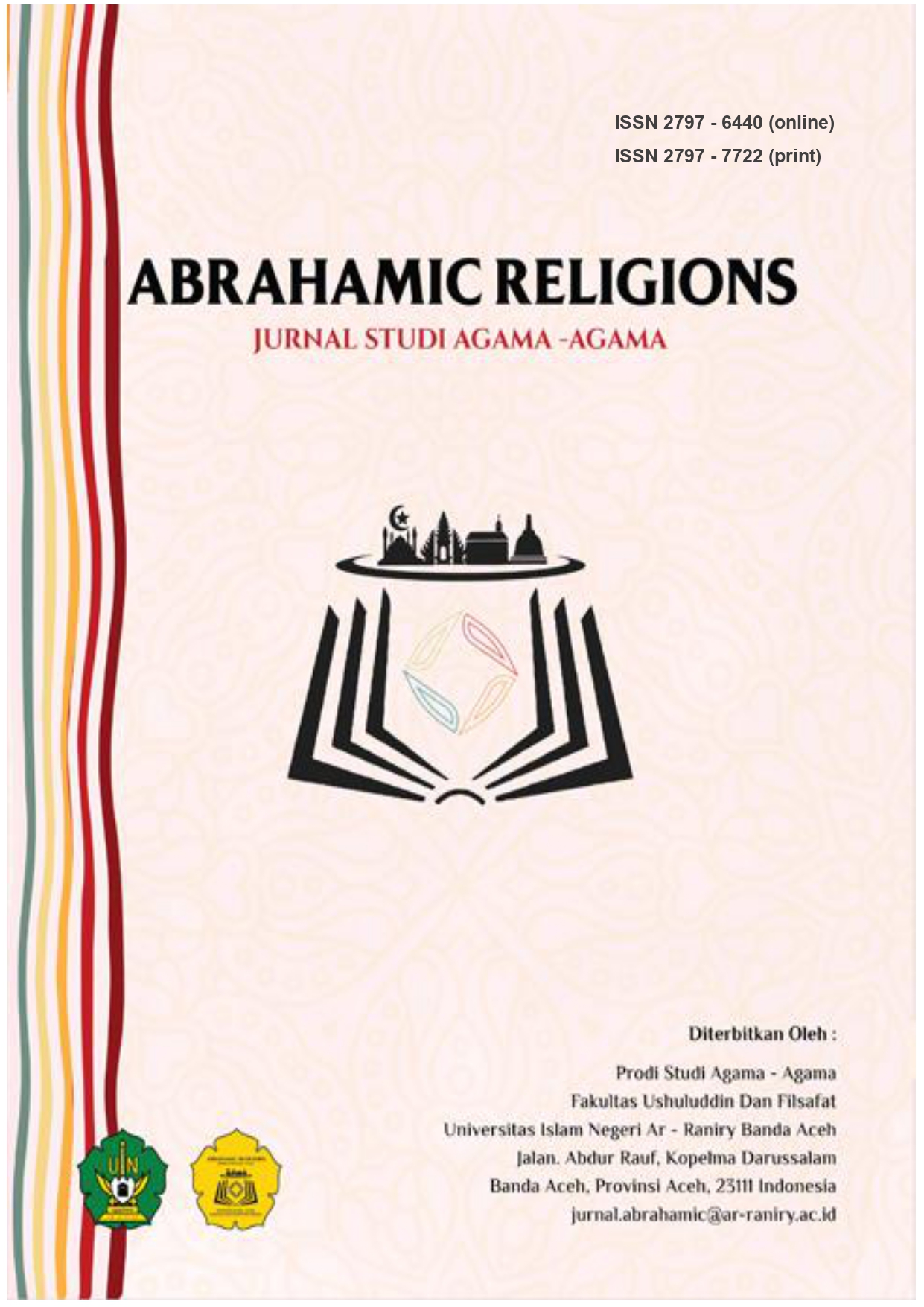ISLAM DAN LINGKUNGAN HIDUP: MENAKAR RELASI KEDUANYA
DOI:
https://doi.org/10.22373/arj.v1i1.9476Keywords:
Islam, Lingkungan HidupAbstract
The environment is a global problem, in fact it is a humanitarian problem that is so complex that it is handled collectively. Population pollution is getting denser and more crowded coupled with limited natural resources and even the influence of digital media, modern technology which is often used for profit and even exploiting natural resources for personal or group gain, thus reducing the quality of nature. Islam has strong teachings about ethics towards the environment, very devastating events have often been experienced lately, namely floods, illegal logging, forest burning and the most existing ones until now are the Covid-19 epidemic, of course we realize that the impact of These incidents are very disturbing to the sustainability of the human environment. "Besides that, a number of other forms of environmental damage must be a very valuable lesson." Humans have an important influence in the sustainability of the ecosystem and human habitat itself, the actions taken or policies. about the relationship with the environment is clearly very influential for a good environment and human life itself. ”Normatively, religion calls on all humans to preserve and have ethics towards the environment, the relationship between the two is harmonious.References
Ali Syariati. (1996). Kritik Islam atas Marxisme dan Sesat pikir Barat lainnya, Bandung: Mian.
Abdillah, Mujiyono. (2001). Agama Ramah Lingkungan: Perspektif Alquran. Jakarta: Paramadina.
Bouggeois. (1980). Strategi and environment; A Conceptual integration, acadmy of Management. III, L. Jl.
Chandler, Strategy and Structure Chapter in the history of the industrial enterprise, D.E And Teece, D.J. (1994). Fundamental Issues in Stragegy in Strategy: A Researc Agenda. Mass Harvard Business Scoo Press. A. D. (1962).
Child, Organizational Structure, Environment and Performance: The Role of Strategic Chice. Sosiology, 6, 2-22. in Preffer, J. (1982), Organization and Organization Theory. Mass: Pitman Publishing Inc, J. (1972).
Hidayat, Komaruddin. (1998). Tragedi Raja Midas: Moralitas Agama dan Krisis Modernisme, cet.1, Jakarta: Paramadina.
Hammond. (1994). Structur, Strategy, and the Agenda of the firm. In rumelt, R P. Scendel, D, E., & D. J. Teece (Eds.), Fundamental Issues in Strategy: A Research Agenda . Mass: Harvard Business Scool Press. T. H.
Shihab, M. Quraish. (1996). Memembumikan Alquran Fungsi dan Peran Wahyu dalam Kehidupan Masyarakat, Mizan.
----------------------. (2002).Tafsir al-Misbah, Pesan, Kesan dan Keserasian al-Quran, Volume 11, cet II, Jakarta: Lentera Hati.
Hasan, Muhammad Tholhah. (2005). Islam dalam Perspektif Sosiokultural, (Jakarta: Lantabora Press.
Suparlan, Parsudi. (1996). Manusia, Kebudayaan, dan Lingkungan, Jakarta: PT Raja Grafindo Persada.
Sardar, Ziauddin, Masa Depan Islam (terj) Bandung: Pustaka, 1987 Mangunjaya, Fachruddin M.. Hidup Harmonis dengan Alam. Jakarta: Obor Indonesia, 2006.
Sastrawijaya, Tresna. (2000). Pencemaran Lingkungan Jakarta: Rineka Cipta.
Bakar, Osman. (2008). TAUHID & SAINS: Perspektif Islam Tentang Agama dan Sains, Bandung: Pustaka Hidayah.
Darsono, Valentinus. (1999). Pengantar Ilmu Lingkungan, Yogyakarta: Universitas Atma Jaya.
Downloads
Published
Issue
Section
License
Authors who publish in this Journal agree to the following terms:
- Authors retain copyright and grant the journal right of first publication with the work simultaneously licensed under Attribution-ShareAlike 4.0 International (CC BY-SA 4.0) allows others to share the work with an acknowledgment of the work's authorship and initial publication in this journal.
- Authors are able to enter into separate, additional contractual arrangements for the non-exclusive distribution of the journal's published version of the work (e.g., post it to an institutional repository or publish it in a book), with an acknowledgment of its initial publication in this journal.
- Authors are permitted and encouraged to post their work online (e.g., in institutional repositories or on their website) prior to and during the submission process, as it can lead to productive exchanges, as well as earlier and greater citation of published work. (See The Effect of Open Acces)












